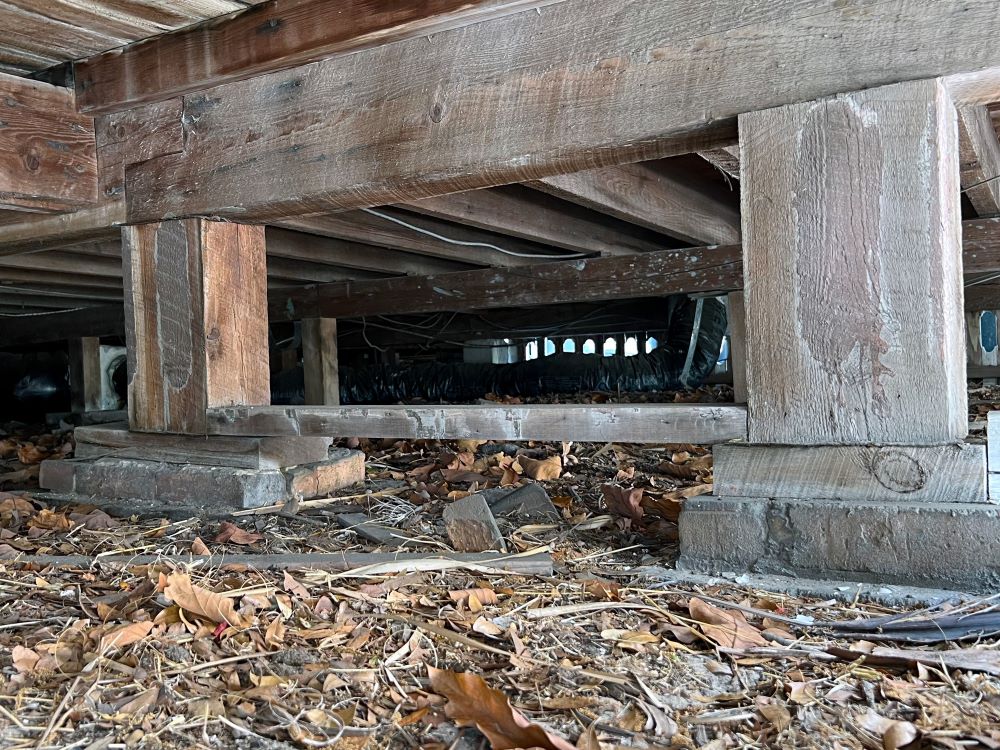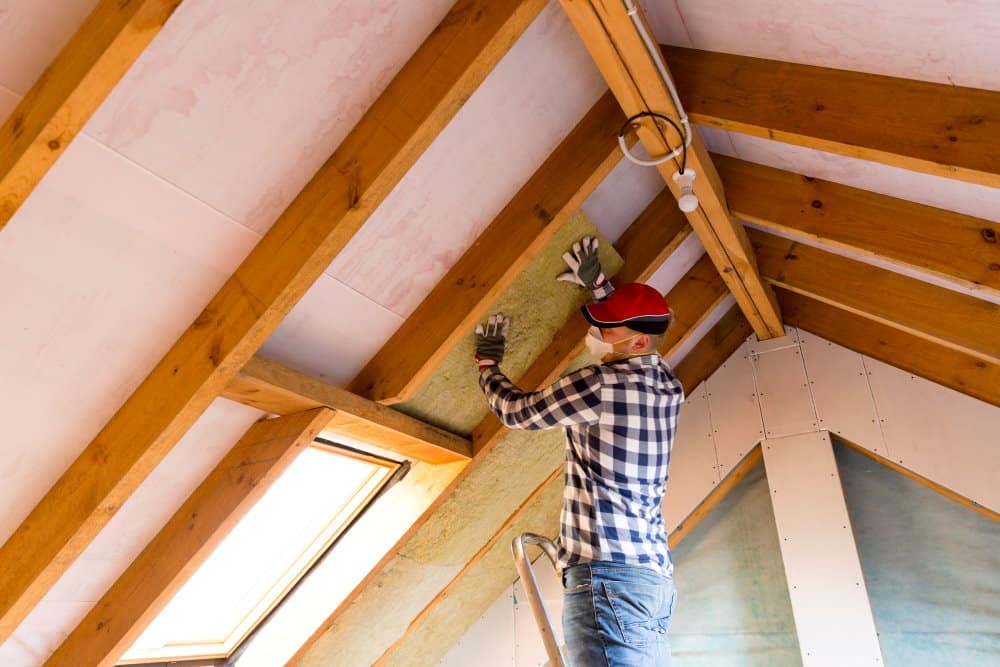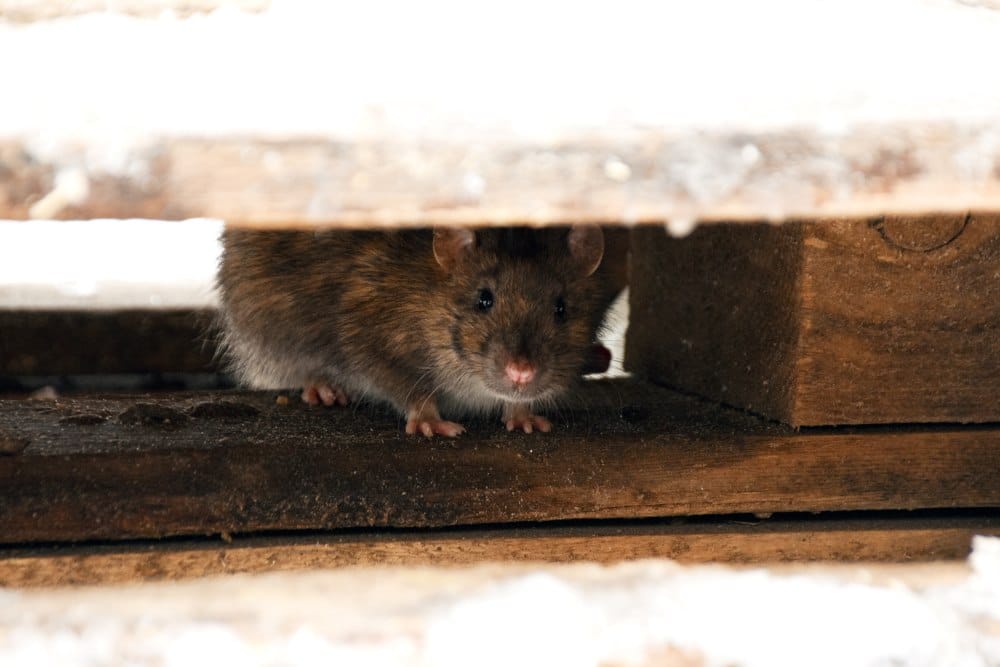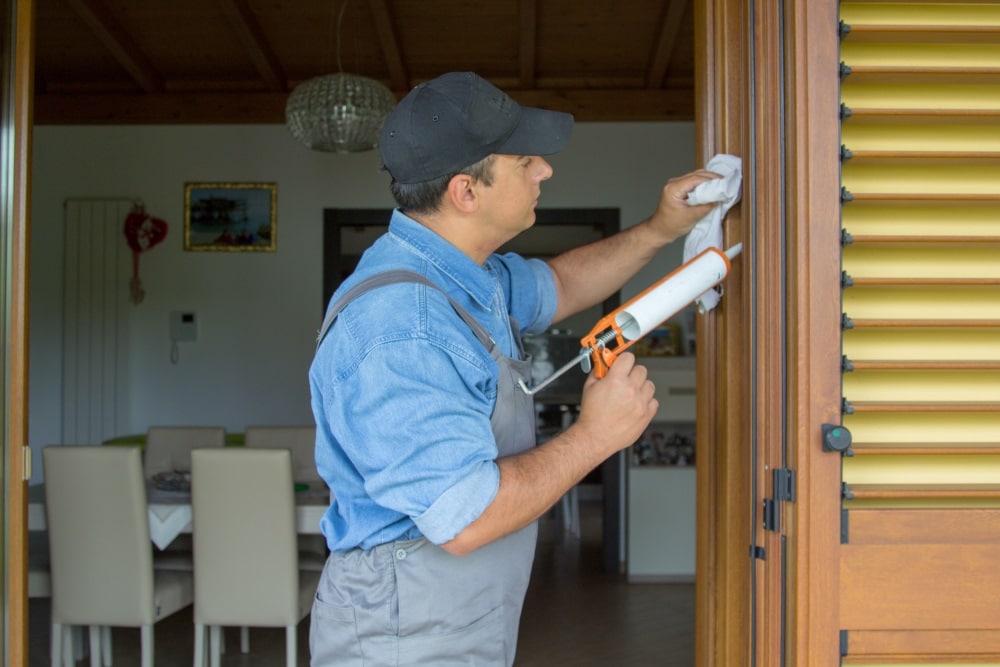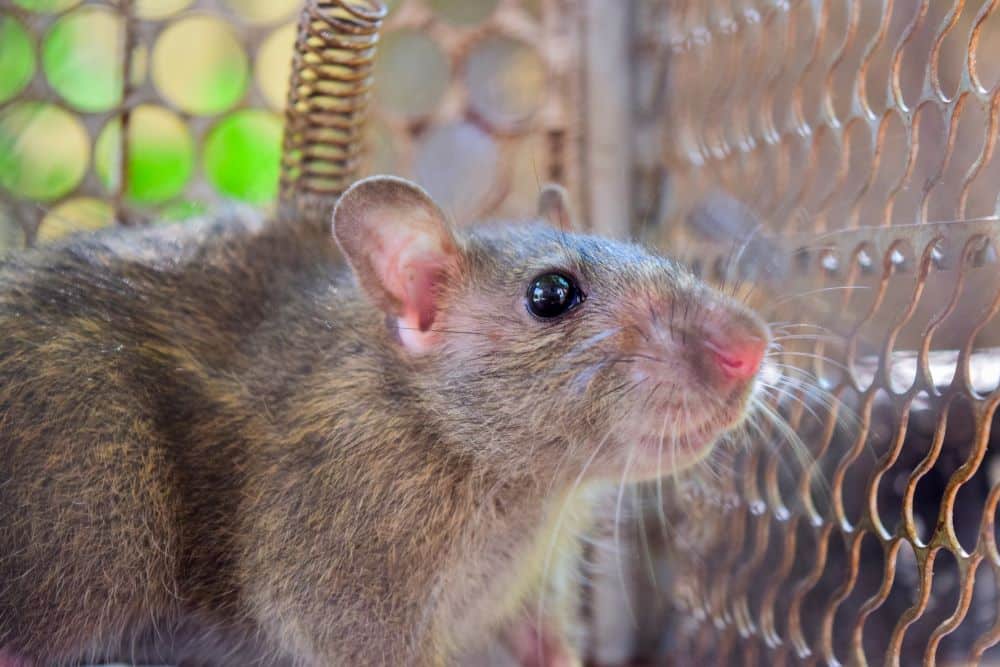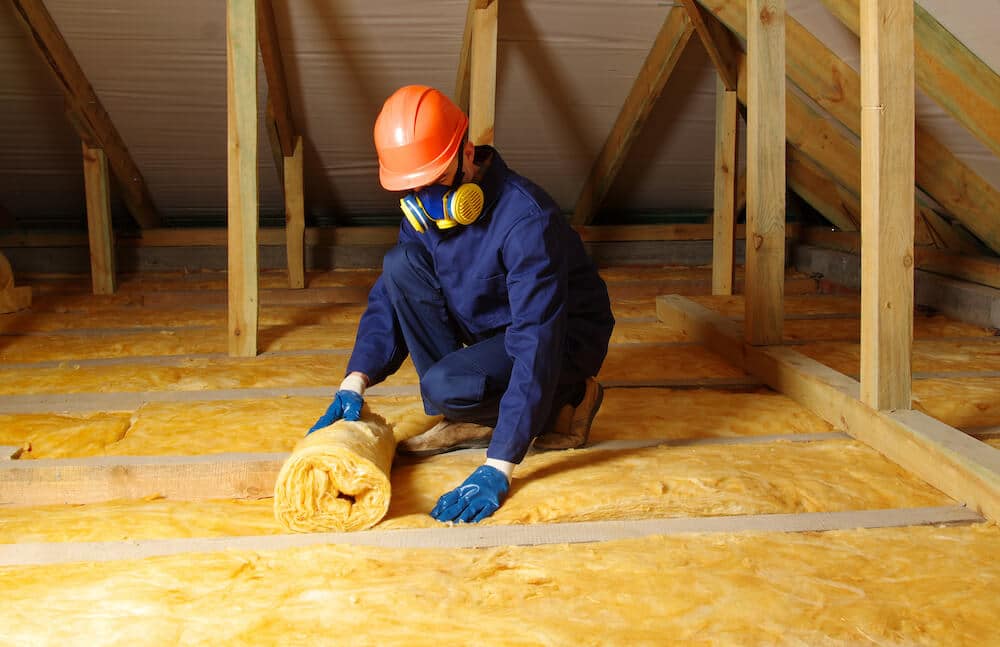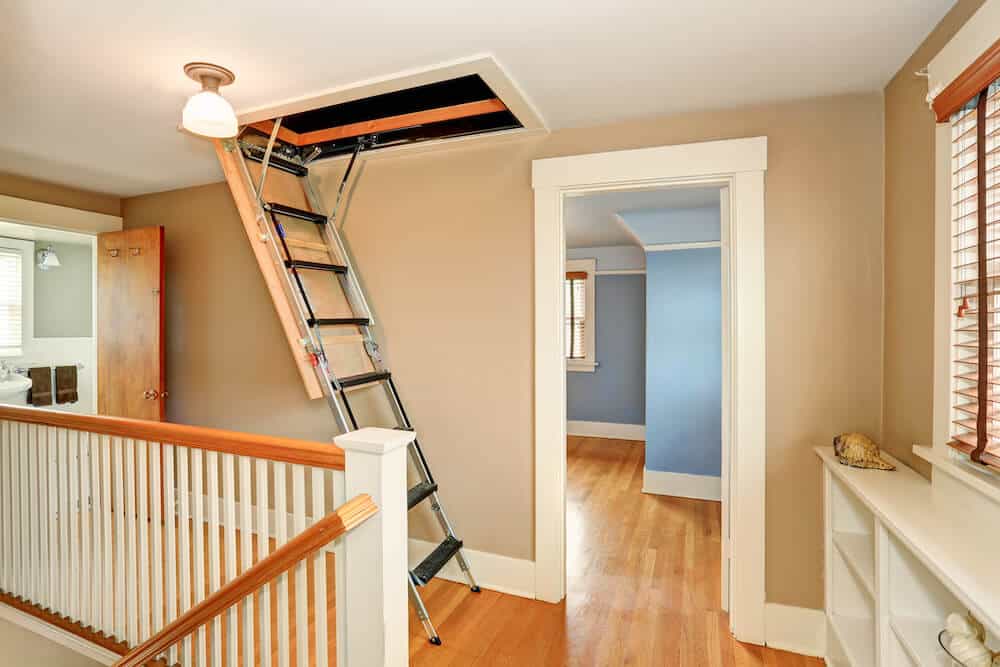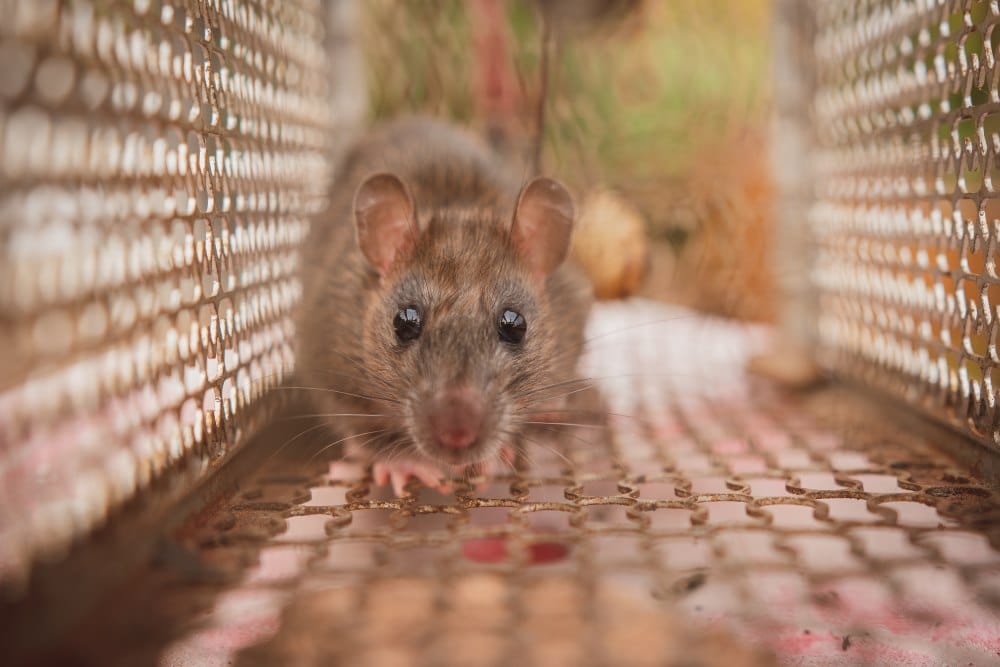
Preventing Rodent-Related Diseases and Health Risks: What Orange County Residents Need to Know
Rodents are active all year. However, they seek indoor shelter for warmth and protection when the outdoor temperatures drop. This means Orange County homeowners are vulnerable to rodent infestation and the diseases they bring with them. Rats and mice are


